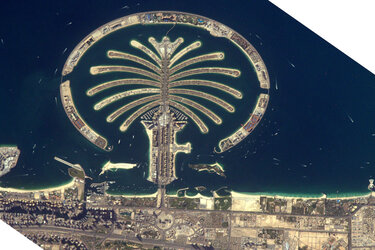
Proxima Hatch opening
ESA astronaut Thomas Pesquet, NASA astronaut Peggy Whitson and Roscosmos commander Oleg Novitsky entered the International Space Station on 19 November after a two-day trip in the Soyuz MS-03 spacecraft that was launched from Baikonur cosmodrome in Kazakhstan.
After orbiting Earth 34 times to catch up with the International Space Station the car-sized spacecraft arrived at its target 19 November.
Thomas, Peggy and Oleg will spend six months in space working and living on the International Space Station.
The Proxima mission is the ninth long-duration mission for an ESA astronaut. It is named after the closest star to the Sun, continuing a tradition of naming missions with French astronauts after stars and constellations.
During Proxima, Thomas will perform around 50 scientific experiments for ESA and France’s space agency CNES as well as take part in many research activities for the other Station partners. The mission is part of ESA’s vision to use Earth-orbiting spacecraft as a place to live and work for the benefit of European society while using the experience to prepare for future voyages of exploration further into the Solar System.
Follow Thomas and his mission via thomaspesquet.esa.int and go to the mission blog for updates.






